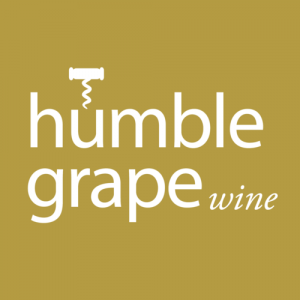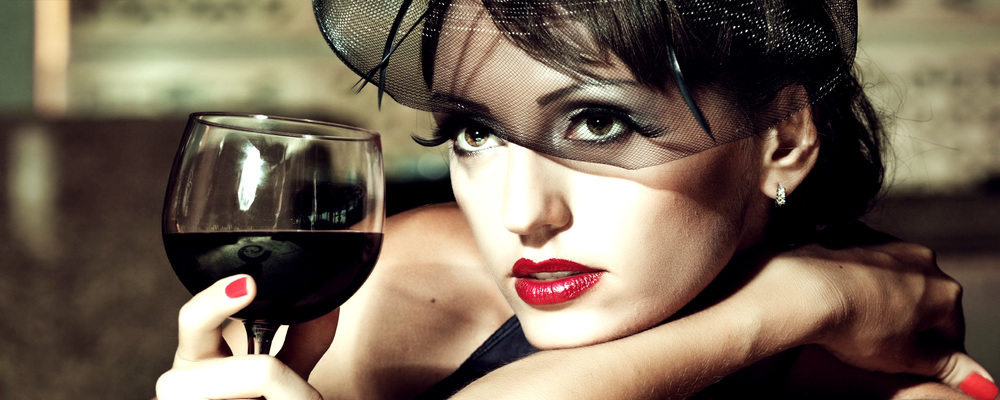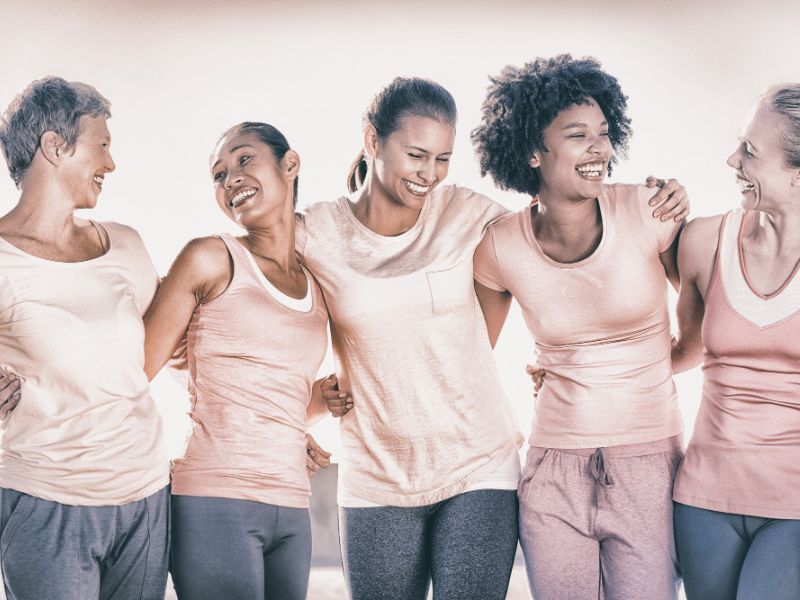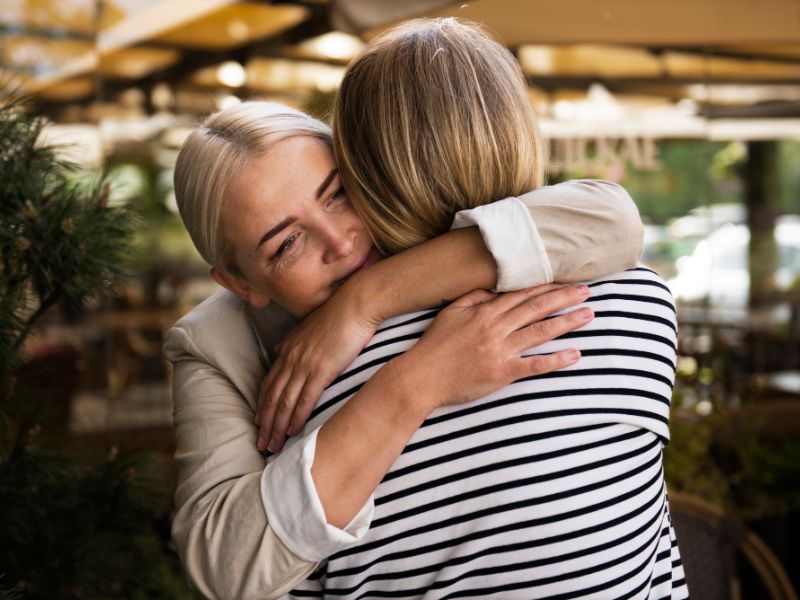The ole devil called wine
When she is drunk, what matters to the Goddess of Love? She cannot tell her groin from her head. Juvenal (6-300, I) The Latin poet and satirist Juvenal was not the only one who asked his fellows Romans this rhetorical question in the II century AD.
In Ancient Rome, until 189 BC, women were prohibited from wine-drinking and those found to be breaking the rules were put to death. Even if they were allowed the grape nectar, married women were excluded from convivia (the Roman symposium) where wine was consumed in great abundance. A woman who drank wine was believed to turn into an evil creature and cause irreparable danger. A tradition of misogynistic and ambiguous satirical literature reinforced this stereotype for centuries after the Romans. Prejudices that related to women and wine- especially the common innuendo to female adultery was granted as no joke during marital court cases prior to the eighteenth century.
The female wine consumer
Today, although in a different fashion, both experts of market research and the press alike love talking about women and wine. Whether it is by speculating on the reasons behind female wine consumption, or by reporting the latest rates on middle-class women’s alcoholism from wine, we regularly hear about the excesses or the musings of the female wine drinker. It is clear that women are now an established category of sophisticated and fashionable wine consumers, on a par with their male counterparts. Could you call this gender equality?
Glossy magazines and respectable newspapers will tell you- the female wine-drinker is the favourite category for both the retail and hospitality markets. When beer is no longer a viable territory, the preferred path of a lady becomes terroir, especially in Anglo-American countries and recently in Asia. Marketing and advertising agencies have taken advantage of these changes constructing a fast-selling image of the new independent wine-drinking woman. Statistics can give us the big data talk about the tastes, power purchase, age range and professions of today’s drinking demographic, yet this has not empowered women at all. Why?
Women who wine or women in wine?
The model previously described corresponds to a precise trope that is, the woman who buys, gifts or consumes wine. As consumers alone, women have been invisible for years to the eyes of the wine industry and the press greatly contributed to ignoring them by not documenting some revolutionary exceptions. As a result, women working in this field have been marginalised and pushed back to secondary roles. As ‘wife of’ or ‘sister of’, their names have always been attached to famous winery male owners. ‘Where are the women?’ asked the feminist Cynthia Enloe to the gender-blind world of politics in 1989. The crucial query still bounces back to us almost 25 years later. Nowadays, let’s face it- we only know extensively about women that consume wine, and very little about those who make it, taste it, write about it and attempt to shape an industry that is growing at a fast pace.
Uncorking the matter
It seems that the gloomy days during which the role of women in the wine industry was not at all considered are long gone. If still under praised and very much localised in North America, the presence of women in the global wine industry has risen enormously in the last 10 years. There are in fact women that have stood alone bringing unique value to an environment of white middle-aged waist-coated males. Women have managed to step through as winners of the grape game. Some of these groundbreaking females include traditional winery owners such as baroness Philippine de Rothshild (Château Monton Rothschild), Chiara Lungarotti (Lungarotti) and Corinne Mentzelopolous (Château Margaux). Some others are directors of family estates such as Amelia Moran Ceja, the first Mexican-American to be elected president of a winery, Albiera Antinori (Marchesi Antinori) and Susanna Gallo (Gallo family, Sonoma). There are also founders of new estates such as Susana Balbo (Susana Balbo) and Diana Cullen (Cullen wines), and the very much appreciated wine journalist Jancis Robinson whose opinion could even threaten Robert Parker.
However, let’s take a closer look at how these female personalities tend to be portrayed. The situation has certainly improved: on one hand those making changes within the global markets have been tracked down and noticed by many professional networks and the media. These ladies are running amazing projects, gaining momentum and educating the lay masses about wine. On the other hand, it is also disappointing to always hear about the same few queens: they are undeniably doing a great job, but, what about the rest? Who are they and what exactly do they do?
The Ah-ha moment
On the positive side, the last two years has seen the media gradually promoting the trophies that women have brought into the wine industry. Last year, Intowine.com has named Madeline Triffon (first Masters of Sommelier) the 90th most influential person in the wine industry. Yet, that same list includes less than 5 women: evidently not enough attention has been paid to others. Within the grape game, female players deserve a much larger attention from the public and from the press. Women have always been behind the scenes- in vineyards, cellars, research laboratories or as oenologists, sommeliers, export agents and journalists.
The power media holds upon us can transform unknown talents into direct business and pave the way to success. If we can get both the digital and printed press to document the rise of females into a male-dominated industry such as this, their strengths and their entrepreneurship will shine bright across Europe, the Americas, Africa and Asia.
Wine Enthusiast has recently profiled 6 women that are crucial to the US wine market.
Last year, Drinks Business published a featured article on the 50 most powerful women in wine, from winemakers, to sommeliers, journalists and winery owners. Furthermore, the annual conference Women in Wine Leadership Symposium was held in New York at the beginning of October celebrating women’s role in the wine industry.
This is rather a good outcome but it is not what women and those working in wine should aim for. It is paramount to take the interest of the media further and document how the facets of the wine trade are developing thanks to gender diversity. The call for action is quite simple: let’s get out there, let’s show the world those incredible realities set up by capable women and let’s gather together the resources to persuade everyone that women can be excellent masters of wine. How?
We need storytellers to fortify and re-create exciting narratives to ennoble women in wine using digital content. All media play a pivotal role for the presence of women in business, not just in the wine industry but also in other sectors. By using the media as a dynamic tool we can help other women to get their stories known, to spread their energy across and to reach the top tiers of the wine trade ladder. Young women need not be afraid to embark on a career in the wine industry –instead, they need to be able to look back at what their foremothers have achieved and be inspired by them to look forward, beyond the barriers of the ‘wine’ glass ceiling.
Humble Grape has decided to pay homage to those great women who, with great effort and talent are revolutionising the wine scene today.










